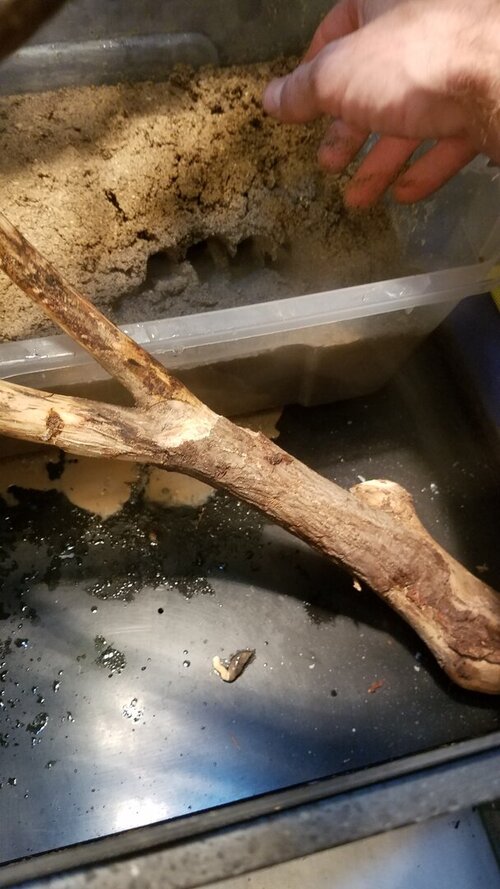Flint guy panther cam
Member
I have an environmental control center with two temp probes and a humidity probe.I agree with bbyoda in post #13.
If any help, mine (male panther age ~13 months) eats 7 LG crix every other day or 3-4 every day. Right now he's eating the same in MED (5/8"-3/4") dubias, with a few giant mealworms for treats.
I let him out twice a week for a few hours. He likes to explore the Missus plant table in front of the window next to his enclosure.
View attachment 314203
Getting to the enclosure... While not quite full-grown, his enclosure is still too small. 24 x 24 x 48 minimum—larger if you can afford it. Several mfrs. are now moving toward 48 x 24 x 48 (essentially double-width).
Between your misting schedule, vet's assessment, readings, and Utah, it appears you're having some humidity challenges. It's fine during the day, but a little low for nighttime. This can happen with all-screen enclosures (hybrid enclosures are more suited to many areas as they're easier to control both temps & RH). You can increase/retian humidity by wrapping the screen enclosure in something impervious—window insulation, shower curtain, PVC sheeting, corrugated plastic, etc.
Live plants help increase and maintain humidity. Bioactive enclosures also increase/maintain humidity, but that may be a different discussion.
The compact UVBs used to have an issue with eye damage, but that was years ago, and the issue has been rectified. NONETHELESS, you should really have a linear T5 UVB—Reptisun 5.0 or Arcadia 6% (both rated for and warrantied 1 year). They will reach 9-12", while the one you have will only radiate 2-4".
Basking lamp should be a flood—not a spot. Flood lights produce a temperature gradient so the cham can choose what temperature it wants to bask at. Spot lights produce hot spots, which are all or nothing, and have been known to burn.
The best basking bulbs are (in order of preference):
Your cham's urates should have a slight orange tint, which is an indicator of proper hydration.
- Household incandescent bulb
- Incandescent flood light
- Halogen flood light
- Ceramic heat emitter (CHE)
- LEDs should not be used for basking—they don't produce enough heat.
https://chameleonacademy.com/basics-hydration-for-chameleons/
Enclosure should be high enough that his basking site is at or above eye level.
https://chameleonacademy.com/chameleon-cage-placement/
A 24 x 24 x 48 enclosure on top of a 29-30" high table/stand works out perfectly.
+1 on fake vines. All plants & vines should be live.
Panthers reach full-growth between 18-24 months, but can be considered adults at one year.
https://www.chameleonforums.com/threads/when-is-a-male-panther-fully-grown.49346/
I see bbyoda just posted, so I'll try to keep up.
Solarmeters may seem expensive, but they're an investment, and can pay for themselves in time. You'll get basking distances more accurate, and not replace bulbs prematurely (There are other ways of extending UVB bulb life). If you're good with electronics, you can build one for less that $50.
https://www.google.com/search?clien...WJKM0KHUuuAb8QvgUoAXoECAEQMg&biw=1024&bih=584
Thermometers & hygrometers should be digital with probes—not analog/dial types. The analog types are notoriously inaccurate—up to 40°/40% off. Digital with probes are good to within ±2°/2%.
Since I switched out his compact uvb his eyes are doing a lot better every day I've ordered a reptisun t5 ho and gonna take the zilla back.
Attachments
-
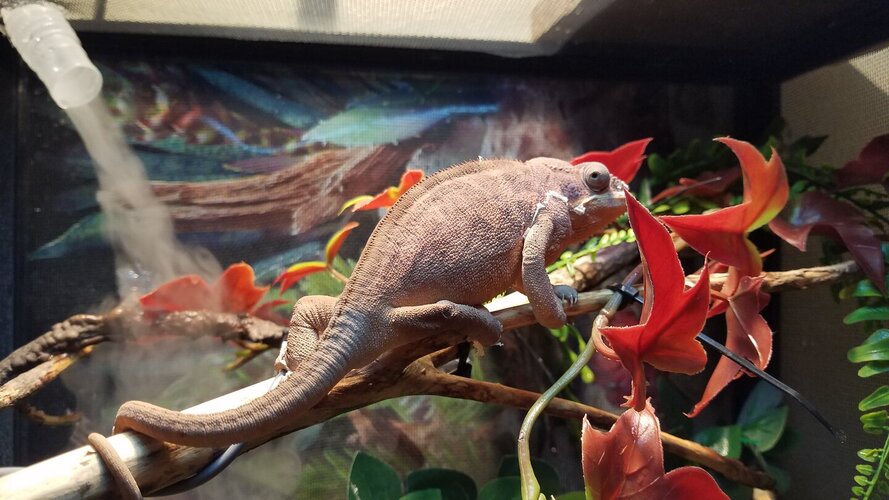 20211107_122614.jpg206.4 KB · Views: 126
20211107_122614.jpg206.4 KB · Views: 126 -
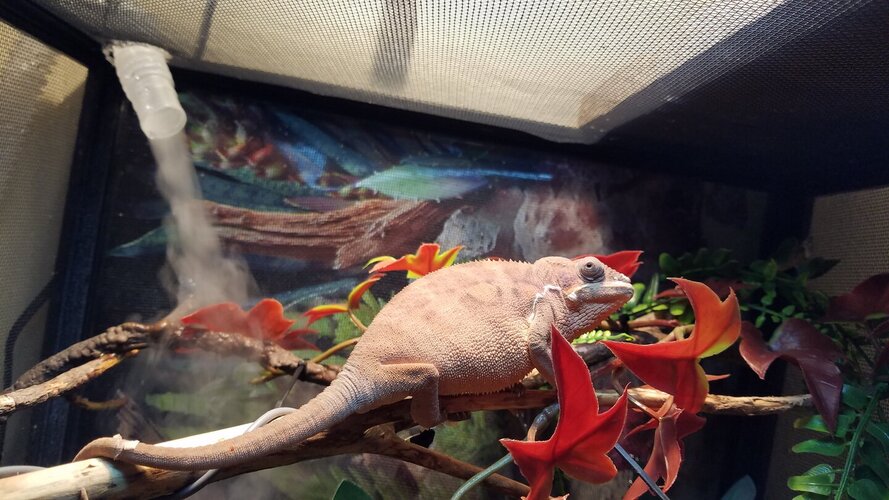 20211107_122634.jpg238.1 KB · Views: 132
20211107_122634.jpg238.1 KB · Views: 132 -
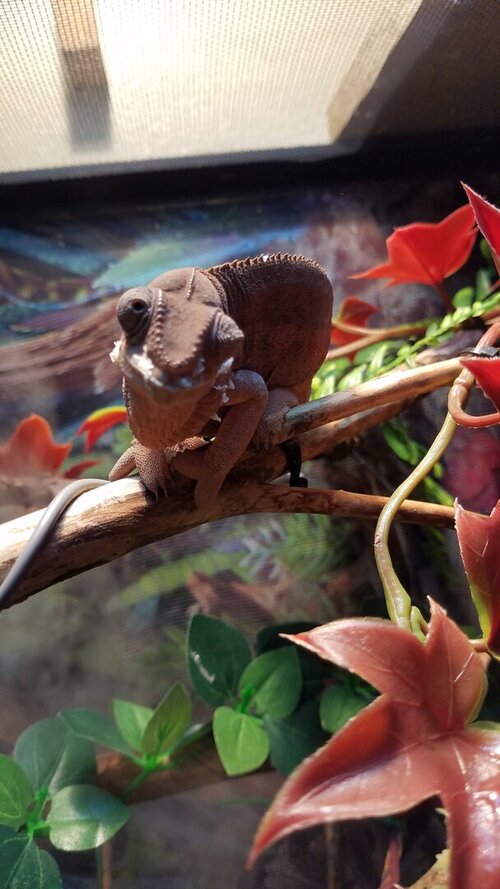 20211107_125743.jpg108.9 KB · Views: 130
20211107_125743.jpg108.9 KB · Views: 130 -
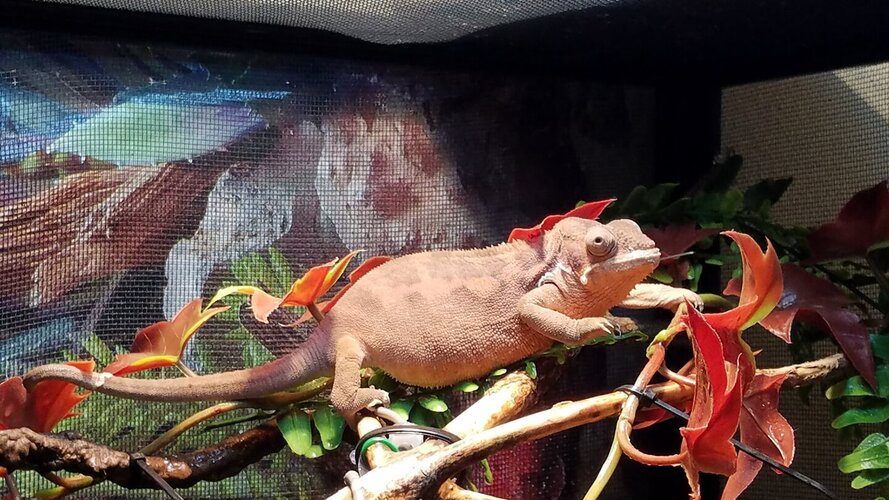 20211107_130906.jpg283.1 KB · Views: 127
20211107_130906.jpg283.1 KB · Views: 127 -
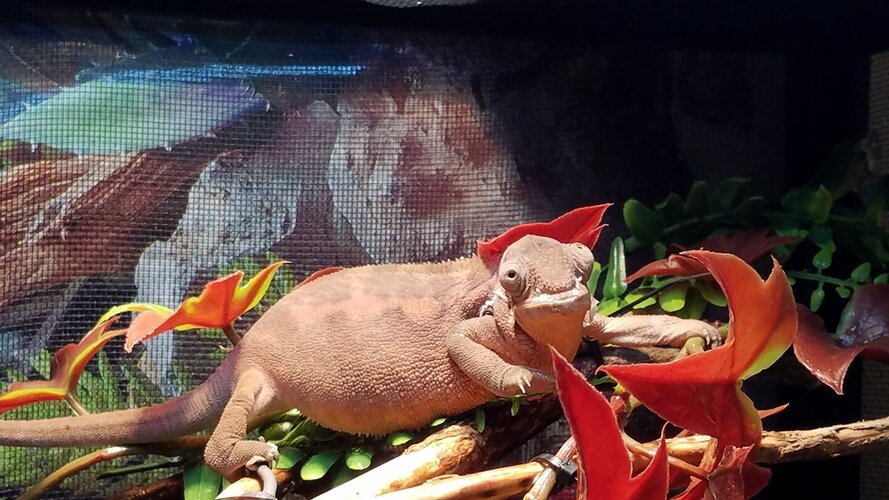 20211107_130918.jpg239.8 KB · Views: 120
20211107_130918.jpg239.8 KB · Views: 120 -
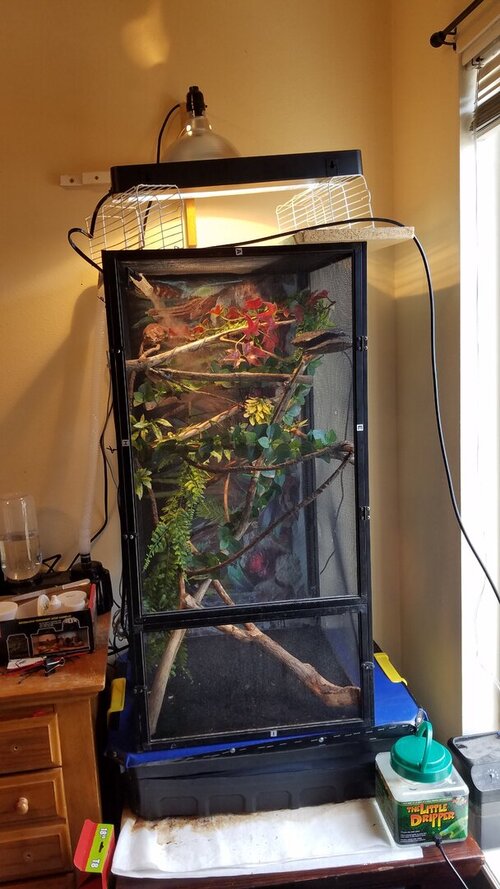 16363185675956033883211965703369.jpg126.7 KB · Views: 132
16363185675956033883211965703369.jpg126.7 KB · Views: 132 -
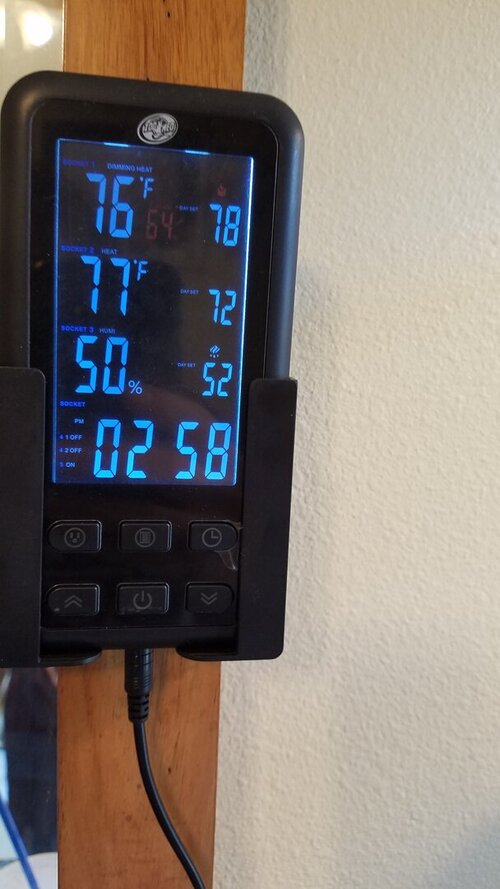 16363186082588145569552347441798.jpg86.5 KB · Views: 138
16363186082588145569552347441798.jpg86.5 KB · Views: 138








